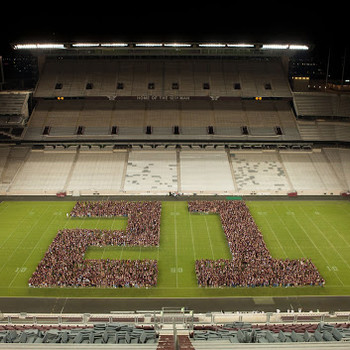Question #3f076
2 Answers
Explanation:
At STP conditions for ideal gases, we use the conversion factor
1 color(white)"x" mol ~~ 22.4 color(white)"x" L
Given
207 color(white)"x" cancel(L color(white)"x" O_2) xx (1 color(white)"x" mol color(white)"x" O_2)/(22.4 color(white)"x" cancel(L color(white)"x" O_2))=9.24 color(white)"x" mol color(white)"x" O_2
Then we convert from
9.24 color(white)"x" cancel(mol color(white)"x" O_2)xx(6.02xx10^23 color(white)"x" mlc color(white)"x" O_2)/(1 color(white)"x" cancel(mol color(white)"x" O_2)) = 5.56 xx 10^24 color(white)"x" mlc color(white)"x" O_2 (make sure to use unrounded intermediate answers and round to correct number of significant figures at the end)
Explanation:
1 mole of any ideal gas at STP occupies volume =
Thus, at STP, 207 liters of oxygen contains
"1 mol"/"22.414 L" xx "207 L" = "9.24 moles"
"Molecules of oxygen = Number of moles" xx "Avogadro's number" (N_A )
= "9.24 mols" xx 6.02 xx 10^23 "mol"^(-1)
= ul(5.56 xx 10^24 "molecules")



